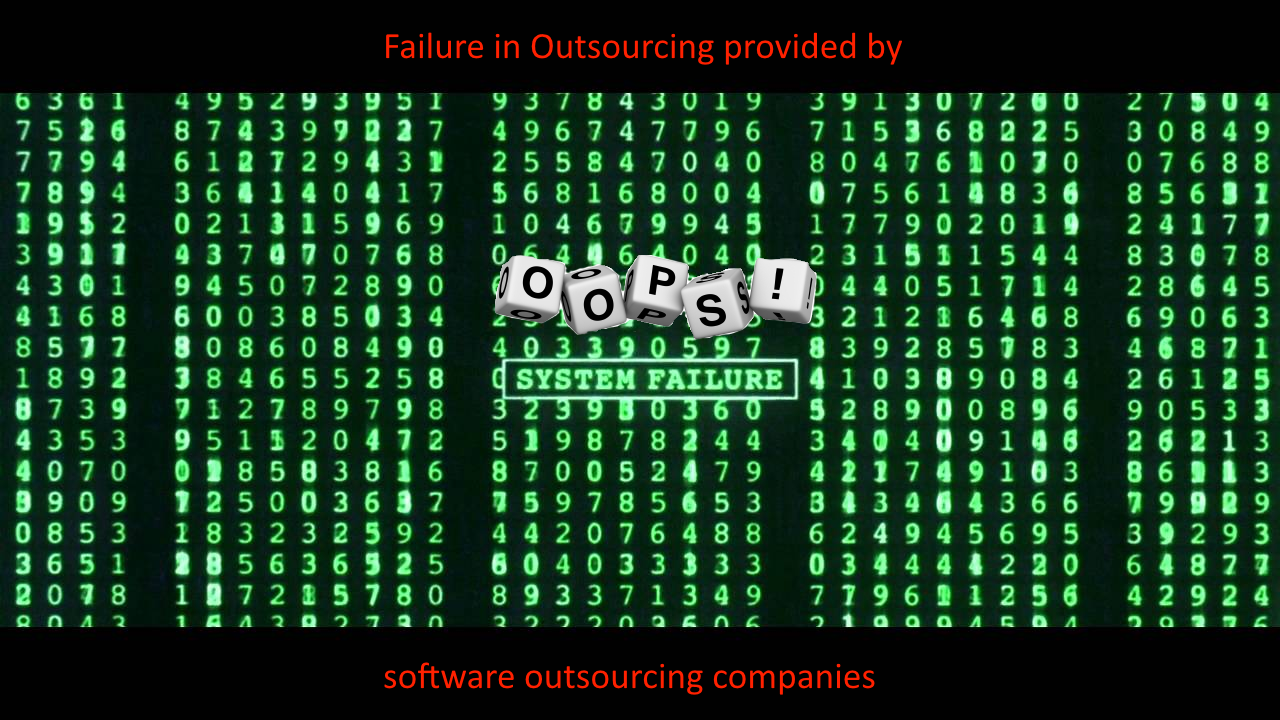1. Complexity:
The project had a total of five risks:
• a high level of technical complexity
• a highly complex task
• one of the largest project attempted by the client
• significant integration and customization required and
• use of technology that had not been used in prior projects.
The level of integration was significant. These were underestimated by EDS and this resulted in insufficient skilled resources being assigned.
2. Execution Risk:
The delivery of the system was divided into two phases but there were serious problems throughout for the software outsourcing company.
3. Contract:
The contract was a time and material based contract. This type of contract can be a
risk if the organization has not allocated the total amount that they are prepared to spend and are prepared to cancel the project when that amount is gone.
4. Scope and requirements:
The risks involved for the outsourcing company were:
• Unclear requirements
• Inadequate requirements
• Ill-defined project
5. Planning and control:
The risks involved here were:
• Modification of requirements frequently
• Poor audit
• Quality assurance and control
• Unrealistic estimation of schedule and required resources
• Vendor’s poor project management
• Vendor’s poor user expectations management
Although the client project manager needs to be convinced of the expertise and experience of the vendor project manager, he should not leave all the planning and control to the vendor. The project manager should design his own plan including quality assurance, monitor progress carefully, and to question the vendor when expectations are not met.
6. Team:
This category had risks such as:
• Vendor’s overstated claims
• Vendor’s moral hazard, and
• Vendor lacks required skills.
So summarizing this case study, IT plays a strategic role in the business performance of an organization. However deployment of strategic IT systems involves a high degree of risk and outsourcing such services further increases the risk. Using a case study approach, the risks that are involved in outsourcing provided by software outsourcing company, will be identified.
Conclusion:
The BSkyB project failed because of problems that can be traced to both client and vendor; the major fault was with the vendor as it had made fraudulent misrepresentations about its ability to deliver the project within the stipulated time. It had also made negligent misrepresentations prior to the renegotiation in 2001 inducing BSkyB to remain with EDS; and breached the contract by failing to properly resource the project, and by failing ‘‘to exercise reasonable skill and care or conform to good industry practice’’. While fraudulent misrepresentations are rare in the IT world companies bidding for contracts will need to ensure that they can back up any statements they make about project costs and delivery. This will invite more compliance checks within software outsourcing companies in India or outside which are bidding for contracts and it might also force bidders to spend more time scoping and planning projects, to ensure projections are realistic. This may lead to IT projects being better planned and thought out, and a translation into on time and on budget delivery. Suppliers need to review who within their organization has responsibility for the tendering process and what checks and balances exist to ensure that one person cannot override the views of the team as a whole;
Looking at this case, we can say, that:
1. Customers should be more assiduous in positively verifying what is being said. If the customer is selecting people on the basis of the representations made by vendor, they need to be sure that those representations are verifiable and verified and then written down.
2. The client project manager should be aware of the potential risks complexity causes so that some mitigating action could be taken.
3. Unclear requirements, inadequate requirements, and an ill-defined project provide significant risks. It is impossible to estimate cost and schedule for a project if one does not know what it is supposed to do. It also creates difficulties in managing such a project.
Courtesy - Bhavesh Bulchandani

No comments:
Post a Comment